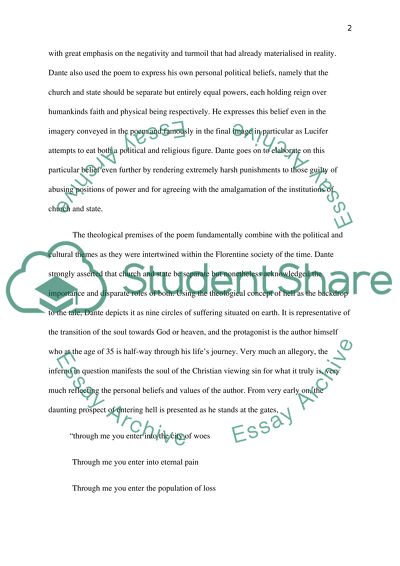Cite this document
(“Analysis of Dantes Inferno Part of a Trilogy Known as The Divine Book Report/Review”, n.d.)
Analysis of Dantes Inferno Part of a Trilogy Known as The Divine Book Report/Review. Retrieved from https://studentshare.org/literature/1452592-danteyies-inferno
Analysis of Dantes Inferno Part of a Trilogy Known as The Divine Book Report/Review. Retrieved from https://studentshare.org/literature/1452592-danteyies-inferno
(Analysis of Dantes Inferno Part of a Trilogy Known As The Divine Book Report/Review)
Analysis of Dantes Inferno Part of a Trilogy Known As The Divine Book Report/Review. https://studentshare.org/literature/1452592-danteyies-inferno.
Analysis of Dantes Inferno Part of a Trilogy Known As The Divine Book Report/Review. https://studentshare.org/literature/1452592-danteyies-inferno.
“Analysis of Dantes Inferno Part of a Trilogy Known As The Divine Book Report/Review”, n.d. https://studentshare.org/literature/1452592-danteyies-inferno.


